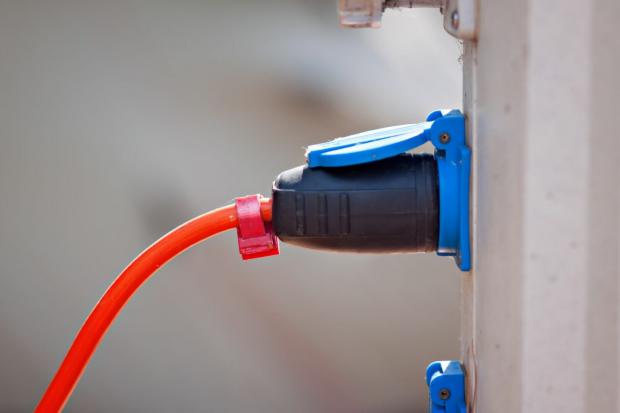
Breaking News
 Engineered backdoors in technology, have given intelligence agencies unfettered powers.
Engineered backdoors in technology, have given intelligence agencies unfettered powers.
 AI-Powered Robots Plant Trees in China's Deserts
AI-Powered Robots Plant Trees in China's Deserts
 Judge Temporarily Blocks DOJ From Using Evidence Proving James Comey's Guilt
Judge Temporarily Blocks DOJ From Using Evidence Proving James Comey's Guilt
 Offer Royale: Paramount-Netflix Bidding War For Warner Bros Heats Up In A Blockbuster Showdown
Offer Royale: Paramount-Netflix Bidding War For Warner Bros Heats Up In A Blockbuster Showdown
Top Tech News
 Build a Greenhouse HEATER that Lasts 10-15 DAYS!
Build a Greenhouse HEATER that Lasts 10-15 DAYS!
 Look at the genius idea he came up with using this tank that nobody wanted
Look at the genius idea he came up with using this tank that nobody wanted
 Latest Comet 3I Atlas Anomolies Like the Impossible 600,000 Mile Long Sunward Tail
Latest Comet 3I Atlas Anomolies Like the Impossible 600,000 Mile Long Sunward Tail
 Tesla Just Opened Its Biggest Supercharger Station Ever--And It's Powered By Solar And Batteries
Tesla Just Opened Its Biggest Supercharger Station Ever--And It's Powered By Solar And Batteries
 Your body already knows how to regrow limbs. We just haven't figured out how to turn it on yet.
Your body already knows how to regrow limbs. We just haven't figured out how to turn it on yet.
 We've wiretapped the gut-brain hotline to decode signals driving disease
We've wiretapped the gut-brain hotline to decode signals driving disease
 3D-printable concrete alternative hardens in three days, not four weeks
3D-printable concrete alternative hardens in three days, not four weeks
 Could satellite-beaming planes and airships make SpaceX's Starlink obsolete?
Could satellite-beaming planes and airships make SpaceX's Starlink obsolete?
Wait! Benefits? Different Types of RV Plugs (30 amp vs. 50 amp power)

A member of our RV Lifestyle Facebook group recently asked our community about the differences between plugging into a 30 amp vs 50 amp outlet.
Christopher asked: "So what is the benefit to plugging my 30amp RV into a 50amp outlet with the adapter? Will it allow me to run more appliances? Or be better for my air conditioner?"
He received some flack in the comments from people who apparently thought the answer should be obvious, but many new RVers have the same questions. Thankfully, many RVers did reply with helpful comments and pointed out some important differences between the types of RV plugs and electrical connections.
We will share some of the helpful comments as well as explain some things you need to know about your RV's electrical system.
We use affiliate links and may receive a small commission on purchases at no added cost to you. Thank you for your support. You can read our full affiliate disclosure here.
3 Main Types of RV Plugs
There are three main types of RV plugs: 30 amp, 50 amp, and 15 amp. Let's explain the differences between these plugs, and then we'll answer the most common questions regarding them.
30-AMP PLUG
A 30-amp plug delivers up to 30 amps of electrical power to an RV and is most commonly found in older and smaller RVs. It has 3 prongs: a hot wire, a neutral wire, and a ground wire.
The hot wire delivers 120 volts of alternating current (AC) power to the RV, while the neutral wire returns the current to the source. The ground wire provides a safe path for any excess electrical current.

 First totally synthetic human brain model has been realized
First totally synthetic human brain model has been realized Mach-23 potato gun to shoot satellites into space
Mach-23 potato gun to shoot satellites into space

